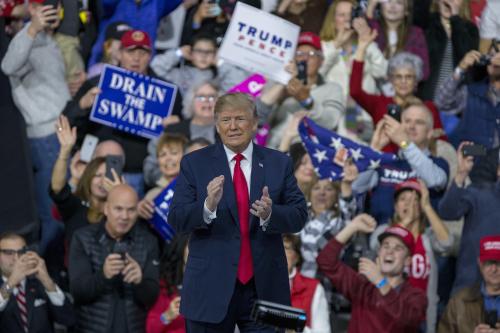2024
Research
BPEA | Fall 2008Financial Crash, Commodity Prices, and Global Imbalances
Emmanuel Farhi,

Emmanuel Farhi
Professor of Economics
- Harvard University
Pierre-Olivier Gourinchas, and
PG
Pierre-Olivier Gourinchas
University of California, Berkeley
Ricardo J. Caballero
RJC
Ricardo J. Caballero
Massachusetts Institute of Technology
Discussants:
Carmen M. Reinhart and

Carmen M. Reinhart
Minos A. Zombanakis Professor of the International Financial System
- Harvard Kennedy School
@carmenmreinhart
Kathryn M. Dominguez

Kathryn M. Dominguez
Professor of Economics and Public Policy
- University of Michigan



Fall 2008
The current financial crisis has its origins in global asset
scarcity, which led to large capital flows toward the United States and to the
creation of asset bubbles that eventually burst. In its first phase the crash exacerbated
the shortage of assets in the world economy, which triggered a partial
re-creation of the bubble in commodities markets, and oil markets in particular.
This bubble in turn led to an increase in petrodollars seeking financial
assets in the United States, which became a source of stability for the U.S.
external balance. The second phase of the crisis is more conventional and
began to emerge in the summer of 2008, when it became apparent that the financial
crisis would permeate the real economy and sharply slow global growth.
This slowdown worked to reverse the tight commodity market conditions
required for a bubble to develop, ultimately destroying the commodity bubble.

